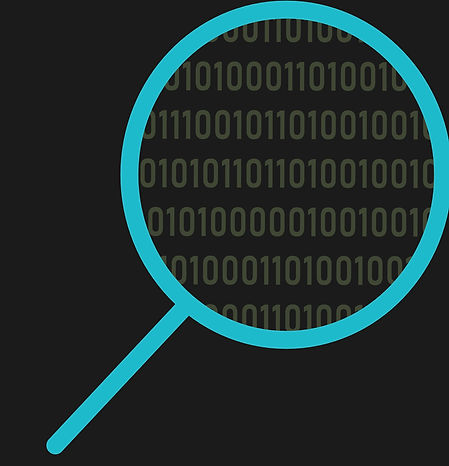Audit Logging

Audit logs are crucial for providing users with a clear trail of how data has evolved to its current state. The 3D Platform incorporates a robust audit logging feature designed to track every change on a transactional basis, ensuring transparency and accountability across all operations. This feature, driven by parameters defined in the data dictionary, meticulously records modifications to both temporal and non-temporal data. Audit logging plays a pivotal role in the platform's data exchange mechanism, automatically initiating data exports upon detecting changes, thereby maintaining data integrity and consistency across systems.
Unleash the power of audit logging
Overview
The Audit Logging module is designed to:
-
Track changes across all tables, including both temporal (time-sensitive) and non-temporal data.
-
Ensure transaction-based logging, capturing every modification in a coordinated manner.
-
Centralize audit records for consistent and efficient data management.
-
Data Dictionary driven.
Key Features of Audit Logging Module
-
Invaluable to Users: It is invaluable for users to view a succinct log of the changes to a record, who made them, and through what mechanism. This helps them quickly assess how a record got to its current state.
-
Centralized and Efficient: The module maintains all audit data centrally, minimizing performance impact while ensuring real-time tracking of master data changes.
-
Configurable Parameters: Administrators can define which tables, columns, and events trigger audit logs. This flexibility helps avoid unnecessary logging for non-essential changes (e.g., current balance updates).
-
Transactional: The system tracks all changes at the transaction level, capturing every modification across related records and tables as part of a single transaction.
-
Detailed Audit Views: Users can view audit logs from multiple perspectives:
-
By Record: Drill down into the complete history of changes for any record.
-
By Command/Menu Option: Track changes triggered by specific user actions.
-
By Column: Analyze changes to specific fields across the system.
-
By User: Review all changes made by a specific user, even tracking commands executed without data modification.
-
-
Undo Capability: Authorized users can reverse complex changes, restoring affected records to their previous state while maintaining an audit trail for the undo action.
-
Selective Logging for Performance: Audit logging is primarily used for master data and excludes high-volume transactional data (e.g., journal entries) to avoid performance bottlenecks.
-
Integrated with Data Exchange: Audit logs are the foundation for broadcasting updates to subscribing systems, allowing changes to be previewed, applied, or ignored with full traceability.
-
Data for AI and Machine Learning: The audit data is a valuable resource for analytics, offering insights into change patterns, user behaviors, and data quality over time.
Benefits
-
Enhanced Data Governance: Empower more users to manage master data with confidence, knowing that every change is tracked and accountable.
-
Streamlined Troubleshooting: Support teams can quickly diagnose issues by retracing user actions and reviewing detailed audit trails.
-
Reduced Development Costs: By standardizing audit logging across the platform, development teams avoid the overhead of building custom solutions for each system.
-
Optimized User Experience: The module’s user-friendly interfaces and robust query options make it easy to access and understand the full history of any record.
Conclusion
The Audit Logging module is a cornerstone of the 3D Platform. It provides the transparency, accountability, and efficiency needed to maintain data integrity across interconnected systems, supporting the seamless data exchange capabilities that define the 3D Platform vision.
